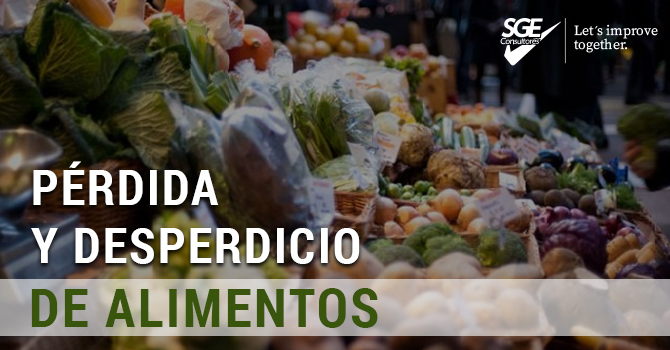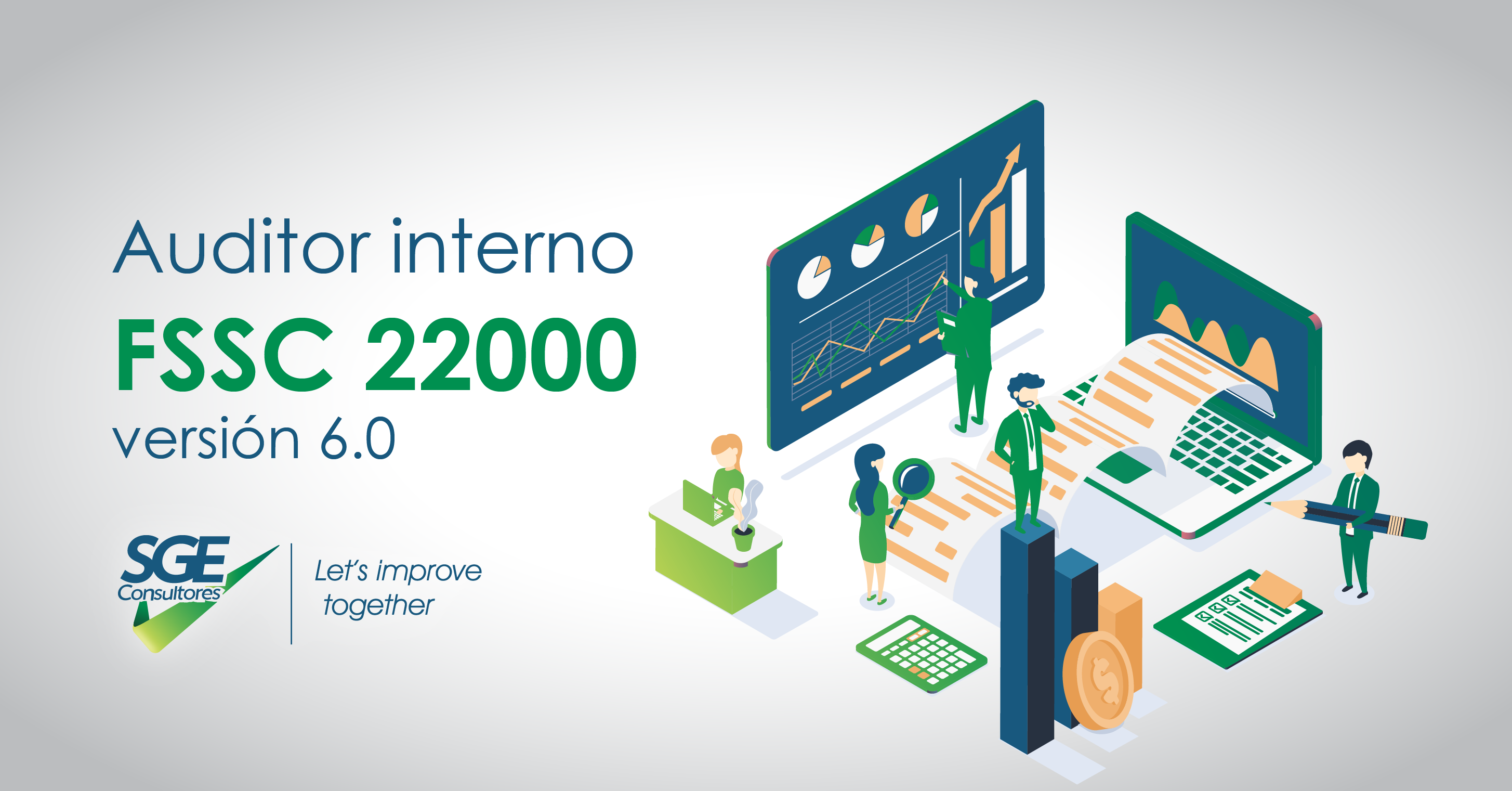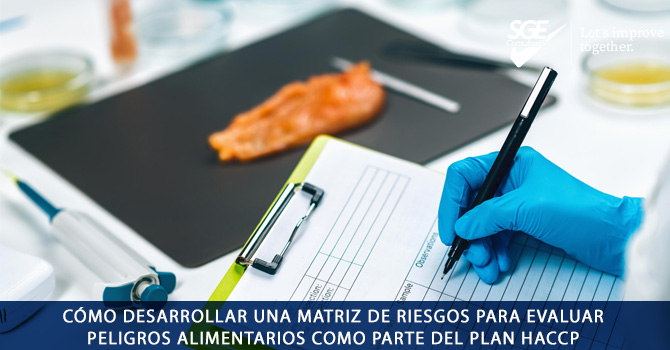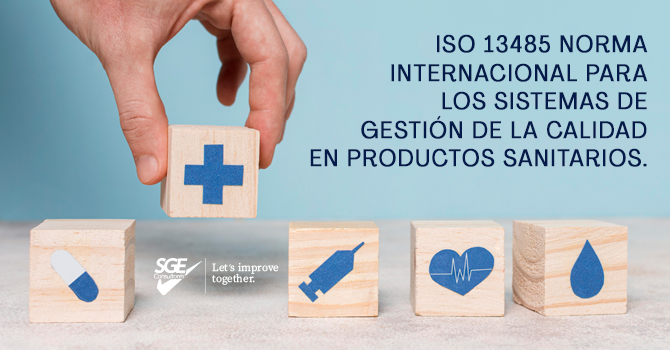
More and more, as consumers or producers, we demand a series of characteristics in the food products that we acquire or the raw materials that compose them, such as: factors that are related to quality (Color, flavor, shape, texture, etc. .) and safety (Guarantee that food does not cause harmful effects to health). However, we also have the responsibility to implement good practices focused on reducing and wasting food.
Food loss is defined as the loss of food that is available for human consumption, in the production, post-harvest and processing stages. Examples can be: fruits damaged during harvesting or during transport before entering the plant.
Food waste involves the disposal of edible food. Generally, it is done by distributors and consumers. For example: discard moldy bread stored in our cupboards or on shelves because they are out of date.
In a world where approximately 690 million people are hungry and therefore have no access to food, it is ironic that food loss and waste is a growing problem, not only at the industry level, but also at the retail level. and final consumers. Therefore, controlling the loss and waste of food is also a social responsibility, not only has to do with safety and quality.
We present the course "Food Loss and Waste Reduction", in which the necessary guidelines are reviewed to avoid these situations and the food chain, through qualitative and quantitative techniques.
We invite you to register, for more information, contact ventas@sge-consultores.com, Telephone (506) 22 25 16 35 or WhatsApp (506) 7093 4209.





0 comments